Cats are challenging to Discipline and sometimes frustrating. Unlike dogs, cats don't respond to traditional methods of punishment. Disciplining a cat requires a well understanding feline behavior and techniques that promote good habits while avoiding fear or aggression. Here's a guide on disciplining your cat correctly that supports positive behavior.
Other Topics You Might Like
Helpful Products You Might Like

Homarden Cat Scat Mat

Cat Mace Repellent Spray
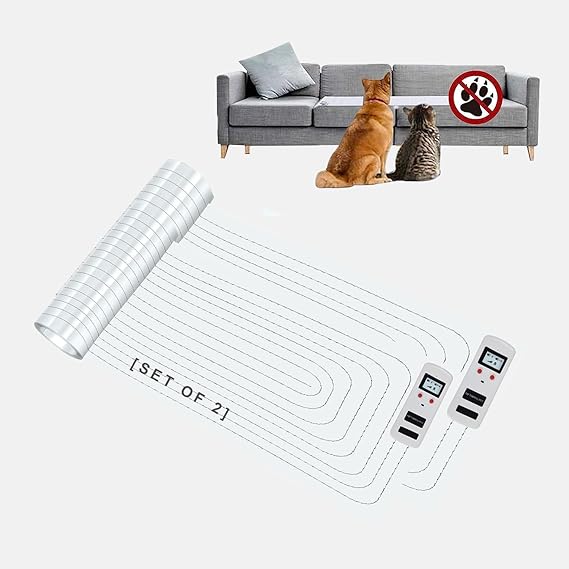
SEERWAY Pet Shock Scat Mat
"(Paid Links)" 
Understanding Feline Behavior
Cats have unique behaviors and are renowned for their independence. Cats are usually motivated by instinct and self-gratification. It is essential to comprehend these instincts. For example, cats love to scratch to sharpen their claws and mark their territory. If your cat scratches your furniture, it's just an innate behavior rather as being misbehaving.
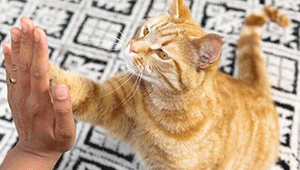
Avoiding Negative Reinforcement
For cats, negative reinforcement is ineffective and might destroy your relationship with your feline buddy. Dogs have a different understanding of punishment than cats. A cat can get anxiety due to yelling and fear. Instead, concentrate on constructive behavior modification and redirection.
Positive Reinforcement Techniques
Positive reinforcement plays an important role in cats' training. therefore, reward and appreciate the cats to get desired results. make sure to reward or praise the cat whenever she shows your desired behavior and ignore when shows any undesired behavior.
Use Treats and Praise
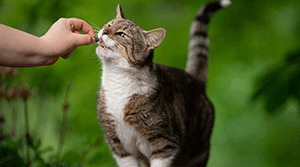
Give your cat snacks or praise immediately when it exhibits desired behavior. Give your cat lots of love and attention if, for instance, it chooses to scratch on its scratching post rather than on your furniture.
Interactive Toys
Use interactive toys to pique your cat's interest in hunting. This can give your cat a constructive outlet for its innate desires and divert its energy from undesired behaviours.
Clicker Training
During clicker training, you can mark the desired behaviour with a little device that clicks. Reward your cat and click the device when they exhibit the desired behaviour. Your cat will eventually come to identify the click sound with being rewarded.
Redirection Strategies
It is effective to distract your cat's from undesirable behavior to something more acceptable. Here are a few strategies.
Provide Alternatives
If your cat is scratching furniture, provide her with a scratching post or pad. Keep it on a place where your cat feels comfortable. You can also use catnip or toys to attract your cat to the scratching post.
Distraction Techniques
If your cat showing unwanted behavior, such as jumping on counters. stop her with a toy or treat. RProvide her with more appropriate activity, for example, playing with a wand toy.
Environmental Adjustments
Sometimes, changing your cat's environment is helpful to prevent your cat from undesirable behaviors. Here are a few tips.
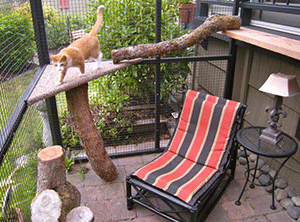
Remove Temptations
If your cat is scratching furniture or chewing on cords, make these items less accessible. You can use protective covers to keep these items of reach of your cat.
Create a Cat-Friendly Space
Provide your feline friend a cat-friendly space with scratching posts, climbing structures, and cozy resting spots. A well-stimulated cat is less likely to engage in destructive behaviors.
Consistency is Key
Consistency is important when disciplining your cat. If you are not consistent, it can confuse your cat and make training less effective. Make sure, everyone in your home follows the same rules and uses the same methods for discipline. It will help your cat understand what is good and bad.
Addressing Behavioral Issues
If you're dealing with more severe behavioral issues, such as aggression or litter box problems, it's important to address these concerns with care.
Aggression
If your cat displays aggression, it's important to identify the cause. Aggression can be triggered by fear, pain, or territorial disputes. Consult with a veterinarian or a feline behaviorist to address underlying issues and develop a plan to manage aggressive behavior.
Litter Box Problems
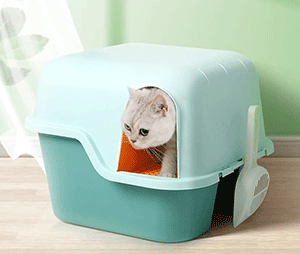
If your cat isn't using the litter box, check for potential health issues or changes in the environment. Make sure the litter box is clean and located in a quiet, accessible area. If problems persist, consult a veterinarian to rule out medical issues.
Seeking Professional Help
If you're struggling to discipline your cat effectively, don't hesitate to seek professional help. A feline behaviorist or a veterinarian with experience in behavior issues can provide personalized advice and strategies. They can help you understand your cat's behavior and develop a plan to address specific challenges.
Conclusion
Disciplining a cat requires patience, understanding, and a focus on positive reinforcement. By recognizing and respecting your cat's natural instincts, redirecting undesirable behaviors, and providing a stimulating environment, you can promote good behavior while maintaining a strong and loving bond with your feline friend. Remember, effective discipline is about guiding your cat to make better choices rather than punishing it for natural behaviors.
